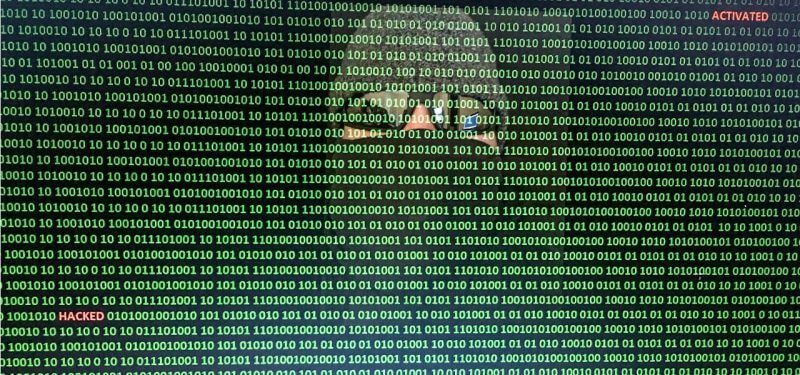
The value of Bitcoin has had a strong spike in the last few days and is currently approaching its highest point for the year. The fear and greed index and the performance of US equities both show that investors adopted a risk-positive perspective at the same time as this spike. Additionally, traders are buying Bitcoin in advance of the next halving event. Blockchain data shows that the mining difficulty of Bitcoin has increased significantly in the last several years and is currently at an all-time high.
YCharts‘ figures show that on January 1st, the complexity increased from 72.0 to an all-time high of 75.50. After falling below 7 in February 2019, the complexity has increased dramatically, peaking at 15.7 at the most recent halving event in 2020. This pattern shows how much harder it is for Bitcoin mining companies to produce BTC currency daily. As a result, they need to set aside more money to improve and scale up their mining operations. This figure highlights how difficult it is to solve the complex mathematical calculations required in the mining process.
At the same time, the hash rate of Bitcoin has also been steadily increasing, peaking on February 6th at 638 million TH/s. This pace was 140 million during the last Bitcoin halving and 43 million five years ago. Hash rate, also known as hashrate, is a term that is important in the Bitcoin industry because it indicates the amount of processing power that a proof-of-work (PoW) network uses. It functions as a commonly recognized indicator of a network’s resilience.
Anticipating the Bitcoin halving
As Bitcoin mining companies and investors prepare for the next halving event, these measures become increasingly more crucial. By halving block rewards, a Bitcoin mining company that would normally receive 20 BTC per day will now only receive 10 BTC. Taking into account the predicted increase in mining complexity following the halving, the actual number may be much smaller. According to this scenario, there will probably be more pressure on Bitcoin mining companies like Riot Platforms, Bitfarms, and Marathon Digital after the halving. If there is a decline in the value of Bitcoin, the issue can get worse.
Fortunately, there has always been a spike in the value of Bitcoin in between halving times. During the first half of 2012, it was less than $50, while during the second, it was more than $500. 2020 saw Bitcoin reach $10,000. Thus, this pattern may lessen the impact of the daily Bitcoin awards decrease.
Personal Note From MEXC Team
Check out our MEXC trading page and find out what we have to offer! There are also a ton of interesting articles to get you up to speed with the crypto world. Lastly, join our MEXC Creators project and share your opinion about everything crypto! Happy trading! Learn about interoperability now!
Join MEXC and Get up to $10,000 Bonus!
Sign Up


